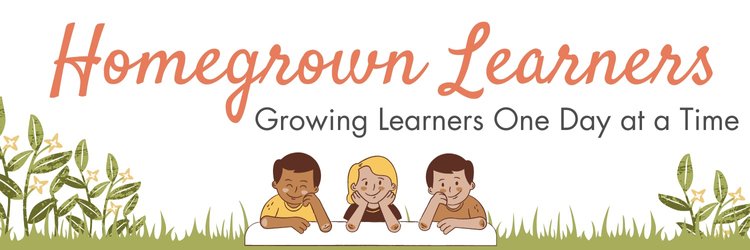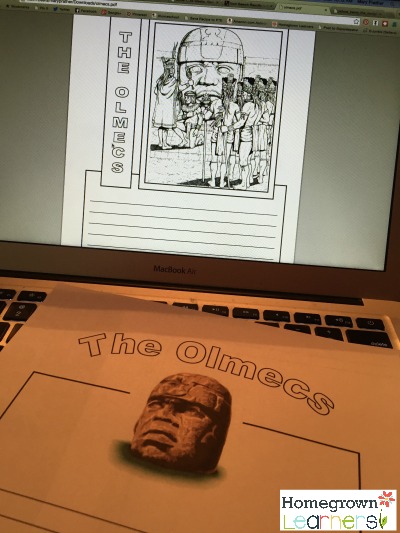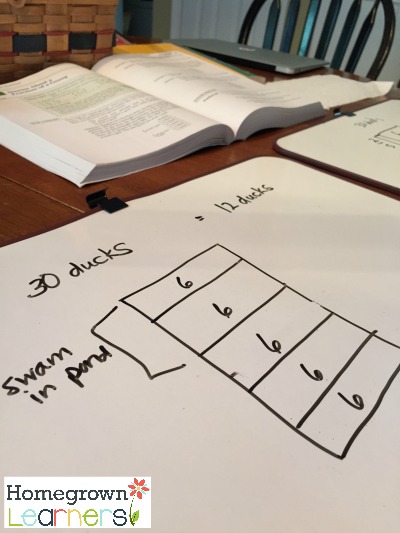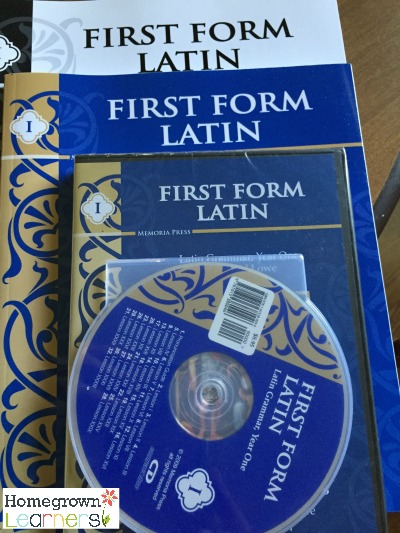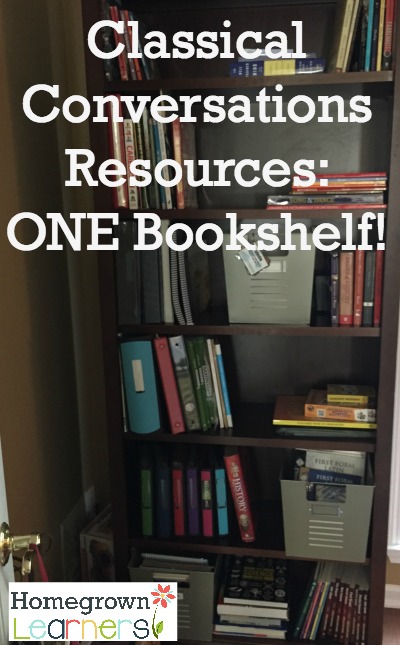The older my children become, the more thankful I become for the time we have spent learning about music and art.
Fostering a love of art and music not only creates more well-rounded children, it also creates children with an appreciation of TRUTH, BEAUTY, and GOODNESS.
One of the biggest advantages of homeschooling is that children have the luxury of studying art and music in ABUNDANCE!
This year we will be very INTENTIONAL about incorporating fine arts. A SIMPLE plan of attack - one that will work in the schedules of my elementary and high schooler - is in order.
Fine Arts FIRST THING!
Mornings are the perfect time for fine arts.
This year we will intersperse art & music, making sure to incorporate a little of each every single day.
LESS IS MORE - and by incorporating a little bit of art and music into the first hour of our day, I hope to make a lasting impression.
Breakfast is the time in our homeschool when we are all together (and this year dad will be with us since he works from home now -- hooray!) and I can easily incorporate fine arts.
During this time together at the table we always have a devotion, watch CNN Student News, and then will move on to art or music study.
Hopefully, we can compact these things into 45 minutes.
While I'm not always a stickler for "the schedule" - morning is a time when the kids get up (usually by 7:30), and we are all together at the breakfast table by 8 a.m. This is the best way for our family to get everything accomplished in a day.
Art Appreciation
We have several artists on our schedule this year. (They are recommended in our CC Foundations guide.)
While we may not study the artist on the exact week, I have just come up with a rough schedule of artists we can study during the first 12 weeks.
- Ghiberti
- Angelico
- Durer
- Michelangelo
- El Greco
My plan is to read a brief biography (which I will locate online) about each of these artists, and then find representative works online as we go.
We will be using Discovering Great Artists as our guide.
I have also found this GREAT little deck of art appreciation cards for Go Fish. I imagine we will be using them quite a bit!
I also LOVE the suggestions made in this post about using art books to foster art appreciation. I am a firm believer in strewing books around the home to help us learn about a particular subject.
In the past I have tried creating a strict "schedule", but I have found that it inhibited my children's sense of exploration. If I simply start by saying "Let's see what we can find out about Angelico", I find that we do research together and make interesting discoveries.
Too much rigid planning can stifle creativity!
Music Appreciation
This year we will be focusing on a variety of composers, from Bach to Mozart.
In our Foundations guide Bach, Handel, and Mozart are covered. We will learn about other composers from their respective musical eras (the Baroque & Classical Eras).
{ In case you hadn't gathered, this area is my favorite - and my area of expertise because I was an elementary music teacher. }
And, of course I will be using the curriculum I've written - SQUILT!
This year, as part of Cycle 1, we will be working our way through SQUILT Volume 1 & 2 (Baroque and Classical Eras).
What I LOVE about SQUILT is that it is 100% open-and-go -- each lesson teaches my kids about a great musical work and teaches them how to SPEAK and WRITE about a piece of music.
We can simply sit at the breakfast table with the iPad or laptop and conduct a SQUILT lesson from there. It's so simple -- I designed it for ALL parents - especially those with NO MUSICAL BACKGROUND!
AND, because the SQUILT site is freshly redesigned, I'm offering a 25% discount on any SQUILT volume or bundle -- this week only!
That's the SIMPLE plan of attack for fine arts this year in our homeschool.
There are no elaborate schedules or online booklists, just a plan that we can follow - while allowing for interest and creativity to lead the way.
